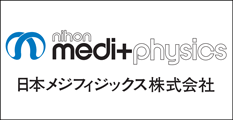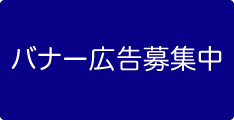ロジウムを用いた新中性子捕捉療法の試み—ベータ線に基づく抗腫瘍治療法—An Attempt to a New Neutron Capture Therapy Using Rhodium—The Anti-tumor Method Based on Beta Ray
1 東京大学大学院工学系研究科School of Engineering, The University of Tokyo
2 新潟薬科大学健康・自立総合研究機構Research Institute of Healthy Living, Niigata University of Pharmacy and Applied Life Sciences
3 順天堂大学医学部衛生学・公衆衛生学講座Department of Epidemiology and Environmental Health, Juntendo University
4 帯広畜産大学動物医療センターVeterinary Medical Center, Obihiro University of Agriculture and Veterinary Medicine
5 東京大学医学部附属病院医工連携部Cooperative Unit of Medicine and Engineering, The University of Tokyo Hospital



